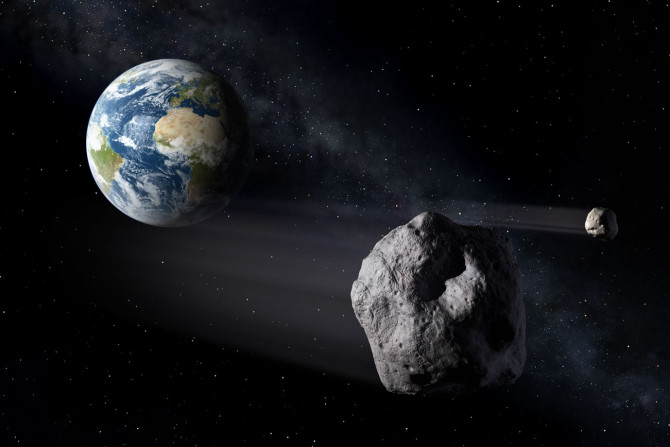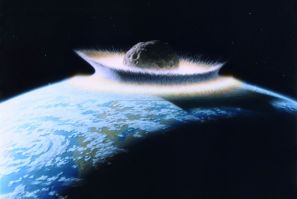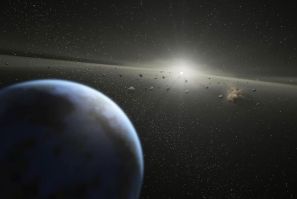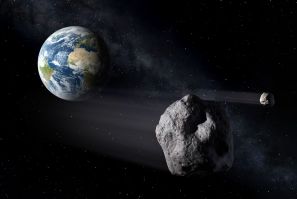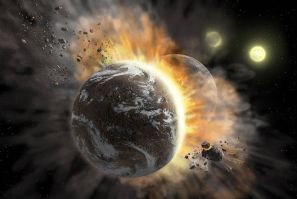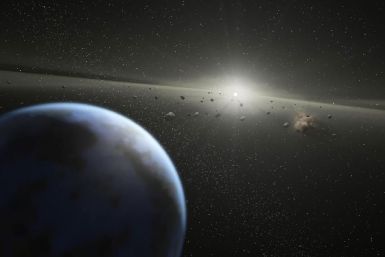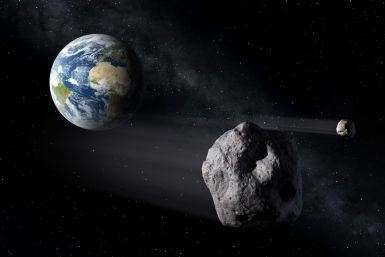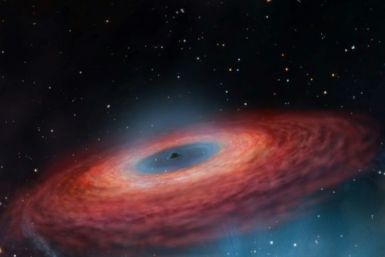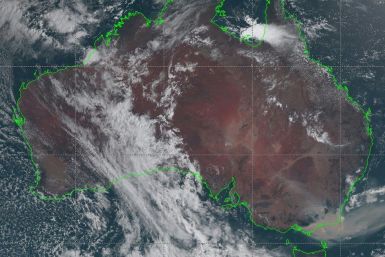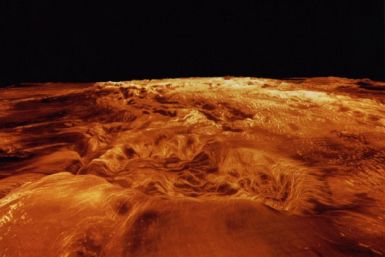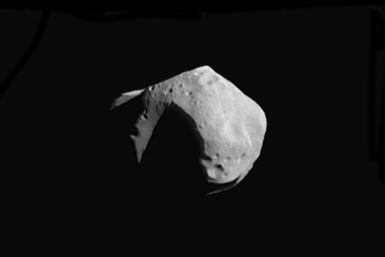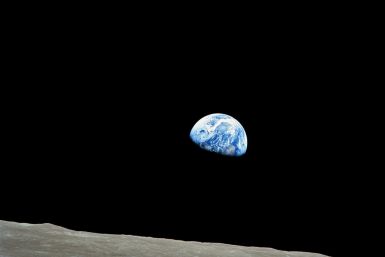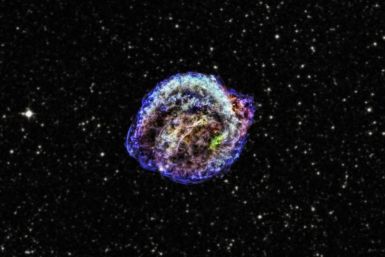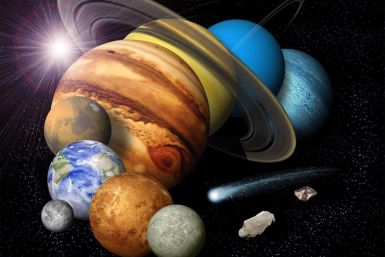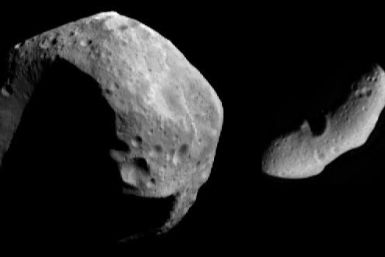NASA has unveiled a new instrument that will help scientists determine if an exoplanet is habitable.
NASA’s automated asteroid tracking system is monitoring three space rocks that will approach Earth tomorrow.
Due to the ongoing bushfires in Australia, an evolutionary biologist warned that massive wildfires could trigger mass extinctions across different species.
NASA warned that an asteroid is expected to dangerously approach Earth tomorrow.
A physicist explained what would happen to Earth is a small black hole with the same diameter as a coin suddenly appeared at the center of Earth. Although the entire planet would most likely not get swallowed up by the black hole, the expert noted that Earth would still be completely destroyed.
NASA has revealed that an asteroid with an Earth-crossing orbit is expected to approach the planet tomorrow. If the approaching asteroid collides with Earth, it would create a huge and violent explosion in the atmosphere.
NASA warned that the biggest and most dangerous asteroid to approach Earth in January is arriving this week. Given the asteroid’s size, it will surely cause a major impact event if it hits Earth.
Images taken by satellites hovering thousands of miles above Earth show the destruction of the raging bushfires in Australia. One of the images clearly shows just how big the cloud of smoke the bushfires have generated.
An astronomer claimed that there could be a new type of exoplanet that resembles a giant eyeball floating in space. According to a previous study, variations of these eyeball planets could be habitable.
A team of researchers claims they have found evidence pointing to the existence of active volcanoes on Venus. If their findings are true, then Venus could be the only planet in the Solar System other than Earth to have recent volcanic activity.
NASA is currently monitoring three asteroids that are headed for Earth. According to the agency, the approaching asteroids have natural orbits that intersect the path of the planet.
NASA’s asteroid tracking system is currently monitoring a space rock that will approach Earth this weekend. According to the data collected by the system, the approaching asteroid is big enough to create a powerful and violent explosion in the sky if it strikes Earth.
An engineer explained what would most likely happen to Earth if it gets hit by a gamma-ray burst (GRB) produced by an exploding star. According to the engineer, half of Earth’s ozone layer would get destroyed during such an event.
NASA shared a photo of a massive stellar formation that was triggered by a single star. According to the agency, the photo was captured by the Chandra X-ray Observatory’s infrared camera.
NASA is currently monitoring four asteroids that are expected to approach Earth tomorrow.
NASA’s asteroid tracking system has spotted a space rock almost as big as the Statue of Liberty currently headed for Earth. According to the agency’s Center for Near-Earth Object Studies (CNEOS), the massive asteroid will intersect Earth’s orbit on New Year’s Day.
A NASA expert explained how humans can use the massive asteroids and comets in the outer Solar System to change the orbit of Earth around the Sun. The expert noted that this could someday save Earth and keep it from becoming a hostile and uninhabitable planet.
NASA is currently monitoring an asteroid that’s expected to approach Earth tomorrow. If it ends up hitting the planet, the asteroid could cause a violent explosion in the sky.
One of the brightest stars in the sky has been behaving strangely, suggesting that it might go supernova soon. Astronomers and science experts believe this cosmic event could have an effect on Earth.
A controversial study proposed using a stellar engine to move the entire solar system to a different location.
NASA’s asteroid tracking system is currently monitoring five asteroids that are currently headed for Earth. According to the agency’s Center for Near-Earth Object Studies (CNEOS), all five asteroids are expected to approach Earth tomorrow.
NASA warned that three asteroids with Earth-crossing orbits will approach the planet during the weekend. The biggest asteroid from the group is about as long as the wingspan of a Boeing 747 plane.


